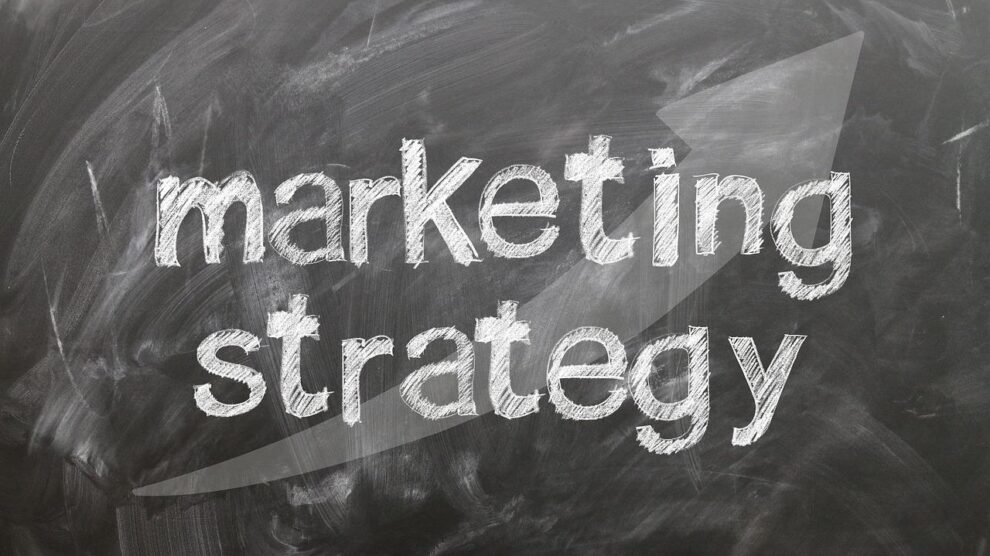Saas (software as a service ) products are intangible, constantly changing, and often subscription-based, making them more difficult to market than physical products. Luckily, there are traditional tactics Saas businesses can use to market their products.
Something that still puzzles many marketers when marketing software as a service (SaaS) is how exactly to talk to people about it. On the surface, it might not seem that hard. You decide on your service and design a software that tackles a solution to a common problem. The problem usually lies in how exactly to explain your Saas product to someone because:
- The product is intangible. There’s not something physical for anyone to put their hands on.
- Software changes constantly and can experience major changes practically overnight.
- The client doesn’t own a physical product and is simply paying to access it.
A lot of marketers try to override these common client objections with fast facts, hard data, and easy words. While that approach might work for the more technically minded, it can leave behind an entire generation of business owners.
Fortunately, throwing numbers around isn’t the only solution. Many proven sales and marketing techniques are flexible enough to get you by if you know how to use them.
In addition to paying attention to Saas trends and statistics, there a few old-school techniques that still work to market your SaaS business.
1. Defining a product in one sentence
If you were trying to market Adobe Photoshop, you might say that it’s the darkroom for digital photographers. The Google Docs could be an online productivity suite, available for free. Dropbox makes your digital files available anywhere, anytime, from any device.
Ask yourself this: How can I describe my product in the simplest way possible?
By taking a step back and getting clear on the details, you might find a way to better describe your product to skeptics and fence-sitters. Features are great, but if your client doesn’t understand the fundamental purpose of your product, they’ll never stick around long enough to hear them.
2. Building marketing campaigns
that inspire trust and enlighten clients
A lot of marketers play fast and loose with trust. They’re looking for the social media likes and shares that drive traffic and boost visibility. All of that is well and good, but it misses the fundamental point of branding: building trust and authenticity with a target market.
So instead of building flash-in-the-pan marketing campaigns, try building campaigns around trust. Use your campaigns to provide free information about your product, services, and the market at large. This is content marketing in its purest form, and it’s still one of the most powerful opportunities that brands of all sizes have to win customers away from the behemoth brands that everybody already talks about.
Alexandra Kozma, digital marketing manager at WordPress template and plugin provider, Thrive Themes, explains why they’re focusing on a more targeted and personalized marketing strategy.
“Very few companies take the time to actually teach their audience everything they need to know. That means going beyond just how the tool works but sharing the bigger principles and values of the company,” says Alexandra.
3. Making sure your client is the right fit for your solution
If you were in a hardware store looking for hammers and someone told you a hacksaw would solve all your problems, how frustrated would you be when you found out that the product you needed wasn’t the one you were sold?
While it’s true that the dollars matter, marketing to the wrong clientele—or worse, selling them a product that doesn’t suit their needs—doesn’t win loyalty in the long term. It loses clients, busts brands, and sinks a business.
Market research helps make sure you’re talking to the right people, but every customer is different. Particularly when working with a client directly, ask yourself if the customer is really the right fit for your product and prevent hard feelings all around.
“At Reevoo, we’re refocusing on becoming much more customer-centric by going further in our advice to our clients. Since our product affects not only our clients but their clients as well, we’re encouraging our clients to consider how their products and services fit into consumers’ lives. We’re working on maximizing the value of the solutions our clients have already bought from us and we can better fit into in the broader context of their business,” explains Hannah Murray-Sykes, head of marketing at Reevoo, a tool that helps businesses make better buying decisions.
4. Ground your software in your service
One of the largest client complaints has everything to do with the subscription fee. What do they get beyond the slow burn on their wallet? Is your software continuing to add new value month after month, or would a one-time enrollment fee suffice? There isn’t one correct answer. Many Saas products offer ongoing support and updates and can qualify the cost of their monthly fee with other things.
This aspect of service in a SaaS solution is something lost on a lot of big brands and major players, but it’s where smaller companies have an opportunity to shine. If you can provide outstanding customer service and support like some of the top-ranked companies, your customers will love you for it.
Market your SaaS business with service solutions. If you’re a decision maker, build a strong technical support team or draft extensive supporting documentation. If you’re a marketer, build campaigns around tips, tricks, and easy-to-understand shortcuts which highlight software simplicity and ease of use.
Give your customers a reason to consider their subscription as a well-spent investment.
5. Offer a test drive and put the customer behind the wheel.
If you’re purchasing a car, you want a test drive to see how the machine handles and whether it’s worth the investment. But imagine this: What if, instead, you only got to ride shotgun while the salesperson drove you around the lot?
This is the difference between a trial and a live demo.
Give your clients a chance to integrate your software into their workflow for a limited amount of time. Whether it’s ten days or thirty, give them a chance to see if your setup is right for them. There’s no harm in offering a live demo so they can see how the software operates in skilled hands, but there’s no excuse for forcing the client into a purchasing ultimatum just to see if it’s a solution they can actually use.
Intouch CRM is incorporating a strategy that drives more traffic to their product trials through content marketing.
“We want to use a strategy that isn’t about continually hammering people with the messages of “BUY NOW.” Our current focus is wanting to help educate and offer value to our clients that isn’t directly related to our sales process,” says Matthew Ruddle Marketing Director, and Lead Nurturing Expert at Intouch.
6. Match your product features to your client’s needs.
Marketing teams like to throw numbers and new features around. They look good on infographics and, to the technically and statistically-inclined, they make sense. For the rest of your clientele, though, they’re out-of-context numbers that do nothing to sell your service.
If you’re unfamiliar with how features differ from benefits, here’s the short version: Features highlight the major selling points of a product or service while benefits highlight how those features work to solve client problems.
Figure out your product benefits and use them to market your solution.
7. Nurture a relationship with your clients
One of the biggest blunders any company can make is to ignore a client post-sale. Relationship management seems simple enough, but it’s hard to get right—especially when you’re managing hundreds or thousands of customer accounts.
The implication in many SaaS solutions is that it’s self-service. The client downloads the software pays the fee, and that’s it. Mission accomplished, right? Then, many teams are left scratching their head when that same customer drops their service without notification and disappears a few months later.
Bram Smits, CEO of Tripolis Solutions, a B2B and SaaS communication technology that helps businesses to reach their customers better recognizes the importance of this aspect in their own marketing strategy.
“We’re implementing more traditional approaches to our marketing strategy and going back to the basics of lead management and content marketing. We want to put more of an emphasis on building relationships with our existing clients in that regard rather than focusing so much on sales and funnels,” Bram explains.
As a marketer, it’s important to remember that the client relationship doesn’t end at the transaction. As long as your client is paying for your service, the relationship is ongoing. Use that. Reach out to them to check in. If they have concerns, find a way to address them.
Going Back to Basics
There’s no doubt that marketing SaaS has its challenges, and the traditional methods of business marketing won’t always apply. However, the SaaS marketing toolkit includes more than just a box of screws.
Clearly defining your product and how it relates to your customer and your target market are still sturdy pillars of good marketing for any product. With SaaS, leaning more heavily on the service aspect of the software is a way to bring grounding back to the conversation, and with the right touch, customers will be more than happy to pay that subscription for all the benefits your product (and service!) provides.





